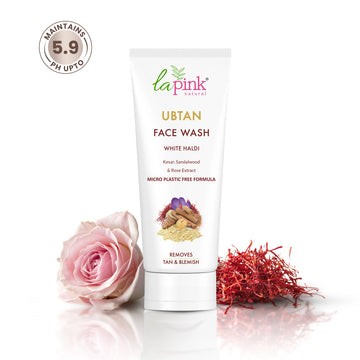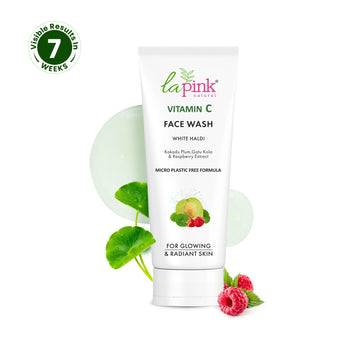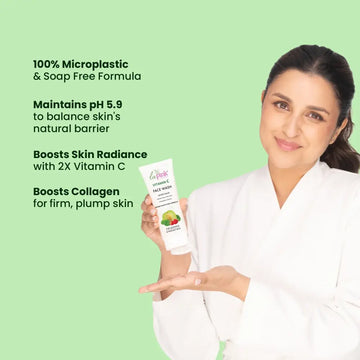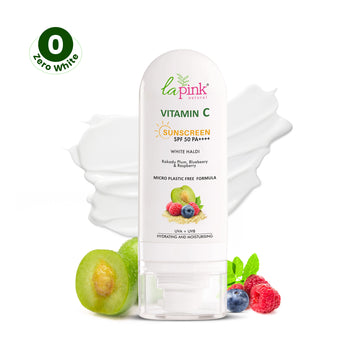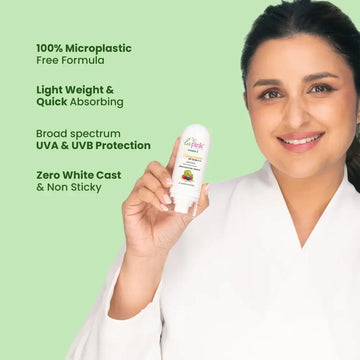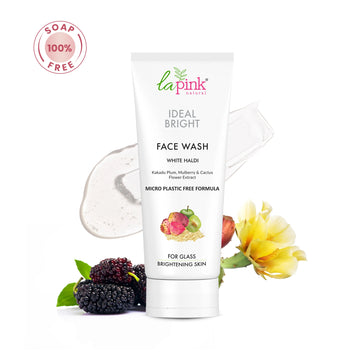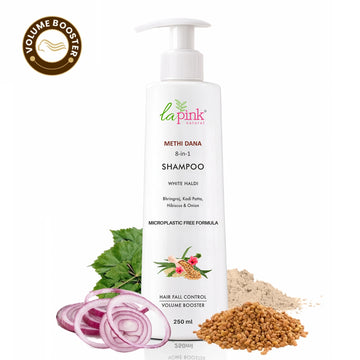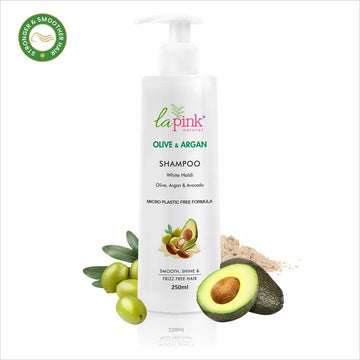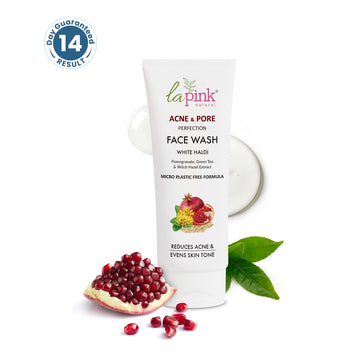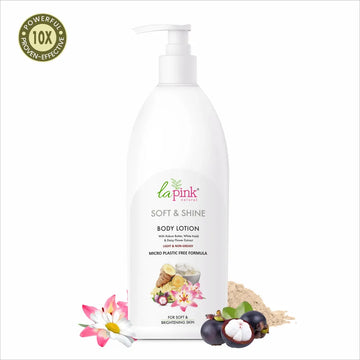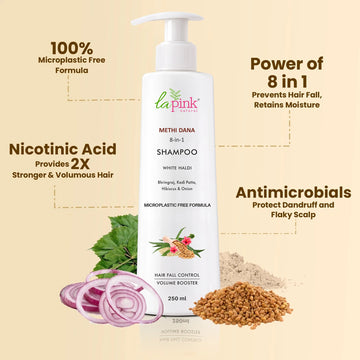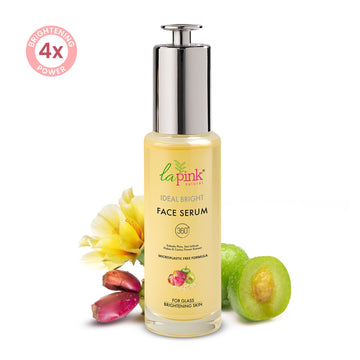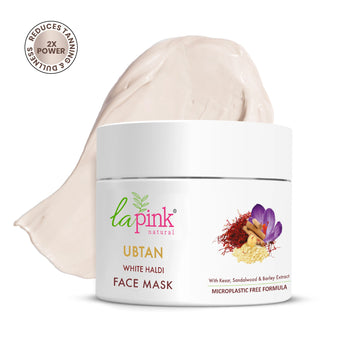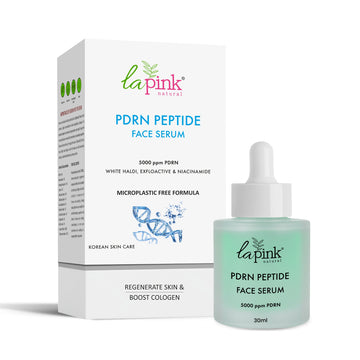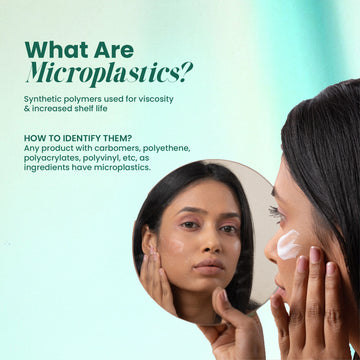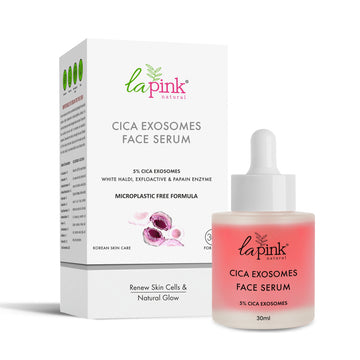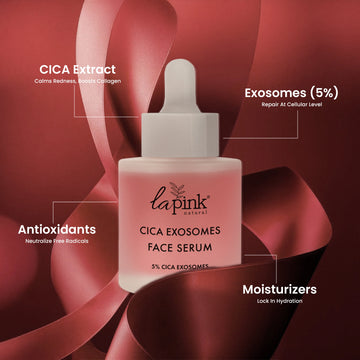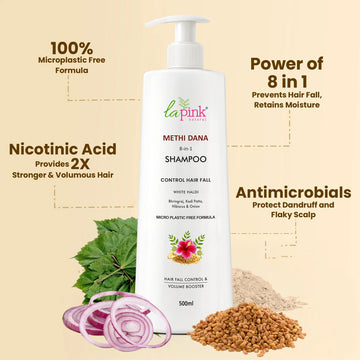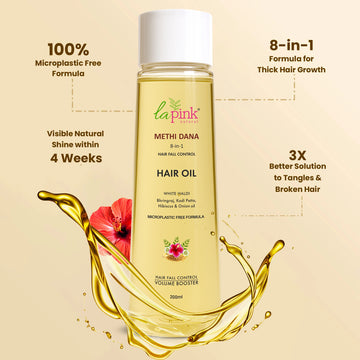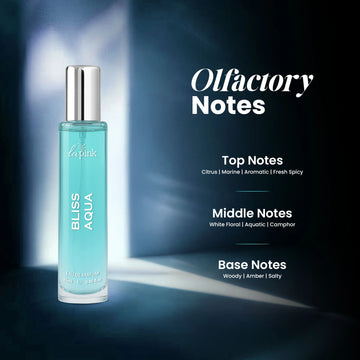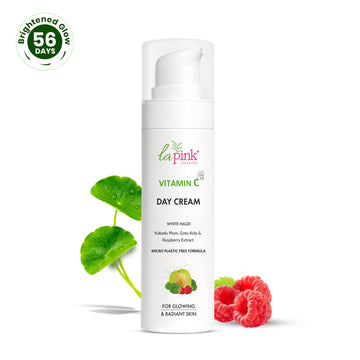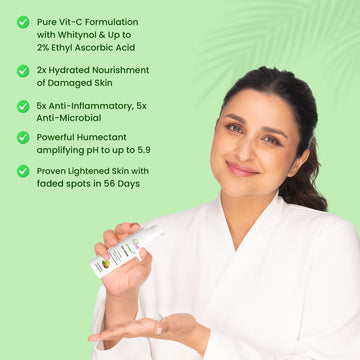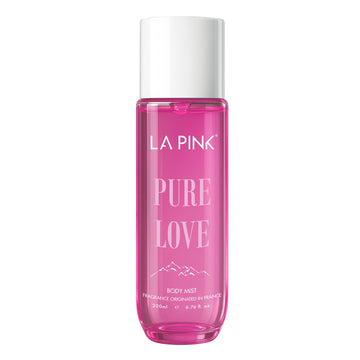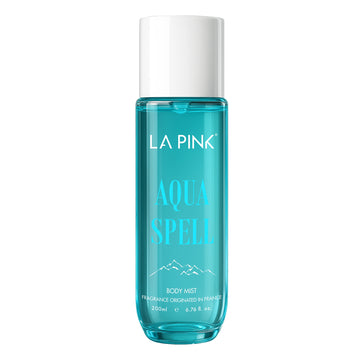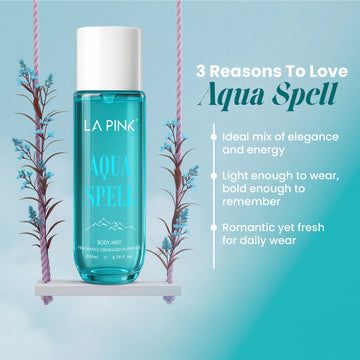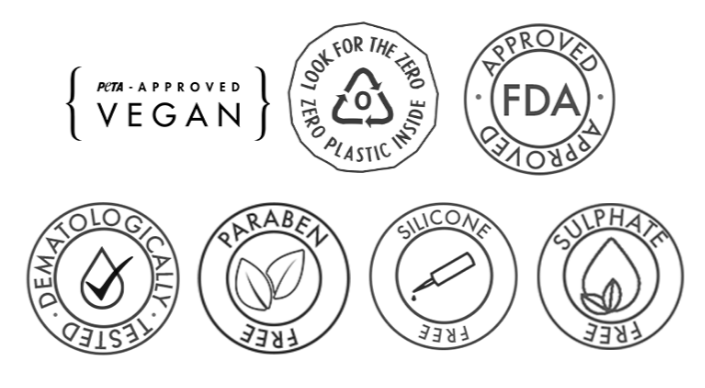How Does Coco Glucoside Structure Help Skincare?
1. Amphiphilic Nature Nurtures Gentle Cleansing
Coco Glucoside’s structure contains a hydrophilic glucose head and a lipophilic fatty acid tail, making it amphiphilic. This allows it to effectively attract both oil and water, gently lifting away dirt, sebum, and impurities from the skin without stripping its natural oils—ideal for sensitive and dry skin types.
2. Non-ionic surfactant Ensures Higher Skin Compatibility
Being non-ionic, Coco Glucoside carries no electrical charge, reducing the potential for skin irritation compared to anionic surfactants like sulfates. Its structure interacts minimally with skin proteins, making it less likely to cause dryness, stinging, or redness, and making it suitable for delicate skin, including eczema-prone conditions.
3. Glycosidic Bond Elevates Stability and Mildness
The bond between the glucose and fatty chain is a stable glycosidic link, resistant to hydrolysis. This means Coco Glucoside remains mild and effective over time, even in varying pH conditions. This structural stability ensures consistent cleansing performance and product safety across a wide range of formulations.
4. Fatty Chain Enhances Foaming & Sensory Feel
The long fatty alcohol chain, derived from coconut oil, contributes to Coco Glucoside’s rich and creamy foam. Unlike harsher foaming agents, its structure allows for a gentle lather that enhances product texture and user experience, making cleansing rituals more pleasant while supporting skin comfort.
5. Biodegradable and Eco-Friendly Molecular Design
Coco Glucoside's entirely plant-based structure is biodegradable and non-toxic to aquatic life. Its glucose-derived head and coconut-based tail come from renewable resources. This makes its structural design aligned with clean beauty standards, benefiting both the skin and the environment without compromising on performance or safety.
How is Coco Glucoside Applied to Skincare?
1. Facial Cleansers
Usage: 3%–5%
Coco Glucoside provides mild cleansing and a soft foaming effect, making it ideal for daily facial cleansers—especially those formulated for dry, sensitive, or acne-prone skin types.
2. Body Washes
Usage: 5%–10%
In body washes, it offers gentle yet effective cleansing, often paired with other mild surfactants to improve foam and thickness without drying out the skin.
3. Baby Shampoos and Washes
Usage: 3%–6%
Used for its ultra-gentle nature, it safely cleanses baby skin and hair without irritation. It’s often the primary surfactant in tear-free and fragrance-free baby products.
4. Micellar Water and Cleansing Lotions
Usage: 1%–4%
Added at low concentrations, it helps gently remove makeup and dirt while preserving the skin barrier. It’s used without rinsing in micellar or water-based cleansing solutions.
5. Shampoos & Hair Cleansers
Usage: 5%–15%
In shampoos, Coco Glucoside is used with other surfactants to boost mildness, reduce scalp irritation, and support a creamy foam, especially in sulfate-free or natural formulas.
6. Facial Scrubs
Usage: 4%–8%
Provides mild foaming and emulsification that helps lift oil and debris while cushioning the skin, ideal for scrubs or foaming shave products.
Why is Coco Glucoside Popular Among Beauty Formulators?
- Mild and Non-Irritating: Perfect for sensitive skin, baby care, and daily-use products, it causes minimal irritation compared to harsher surfactants like sulfates.
- Naturally Derived Compound: Made from coconut oil and sugar (glucose), appealing to natural, organic, and clean beauty markets.
- Biodegradable & Eco-Friendly: Fully biodegradable and safe for the environment—ideal for eco-conscious formulations.
- Versatile Functionality: Works as a surfactant, cleanser, foaming agent, and emulsifier in various product types.
- Easy Compatibility With Other Ingredients: Blends well with other surfactants and active ingredients without disrupting stability or performance.
- Stable Across pH Ranges: Formulators can use it in a wide variety of pH-adjusted products, from cleansers to emulsions.
- Free from Sulfates & Harsh Additives: Helps create sulfate-free, paraben-free, and non-toxic skincare ranges.
Potential Benefits of Coco Glucoside
1. Super Gentle Cleansing Suitable for All Skin Types
Coco Glucoside cleanses the skin without disrupting its protective barrier. Unlike harsh surfactants, it removes dirt and oil while maintaining skin hydration. This makes it perfect for daily use on sensitive, dry, or reactive skin, including babies and those with conditions like eczema or rosacea.
2. Irritation-Free Foaming
Despite being mild, Coco Glucoside produces a soft, creamy lather that enhances the feel of cleansers and shampoos. It creates a satisfying user experience while avoiding the dryness or stinging commonly caused by sulfates, making it ideal for luxurious yet skin-friendly formulations.
3. Supports Emulsion Stability
Coco Glucoside also works as an emulsifier, helping blend oil and water-based ingredients in skincare. This makes it valuable in products like cleansing oils, micellar waters, and moisturizers, improving product consistency, texture, and shelf life without the need for synthetic emulsifiers.
4. Non-comedogenic & Hydrating
Coco Glucoside is non-comedogenic, which means it won’t clog pores. Additionally, it cleanses without stripping natural oils, helping maintain the skin’s moisture balance, especially important in gentle cleansers or hydrating face washes.
5. Eco-Friendly and Biodegradable
Made from renewable plant sources like coconut and sugar, Coco Glucoside is 100% biodegradable and safe for the environment. It’s free from sulfates, parabens, and toxins, making it ideal for clean, vegan, cruelty-free, and sustainable skincare lines that meet conscious consumer demands.
Possible Downsides of Coco Glucoside
1. High pH Can Trouble Skin
Coco Glucoside has a high natural pH, which can irritate skin if not corrected. Skincare products using it must be pH-balanced to stay gentle and suitable for daily use.
2. Can Sting Eyes
Though safe on the skin, it may cause eye irritation in some people, especially if used in high amounts. It should be used carefully in face washes and shampoos.
3. Less Foamy Than Sulfates
It creates a soft lather, but not as much foam as sulfate-based cleansers. This might feel less satisfying for those who prefer rich, bubbly products.
4. Needs Help to Thicken
On its own, Coco Glucoside can make a product too runny. Formulators often need to add thickeners or other ingredients to get a better texture.
5. Not Great for Water-Free Products
Since it’s water-soluble, it doesn’t work well in products like balms or solid cleansers unless carefully formulated with other support ingredients.
6. Rare Skin Reactions
Though very mild, some people with coconut allergies or very sensitive skin might react to Coco Glucoside, especially if it's not well-refined or used in high amounts.
Do You Know?
Coco Glucoside is more than just a gentle cleanser. It also works as a natural solubilizer, helping mix oils and water in formulations without harsh chemicals. Its structure stays stable even under heat, making it suitable for hot-processed skincare products. It’s incredibly mild and supports the skin’s natural moisture barrier. Plus, its sugar-based composition may help maintain a healthy skin microbiome, making it a popular choice in clean, eco-friendly, and sensitive skin formulations that focus on long-term skin wellness.
